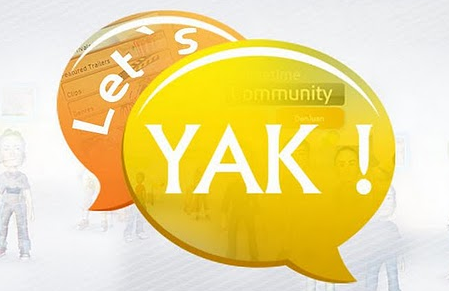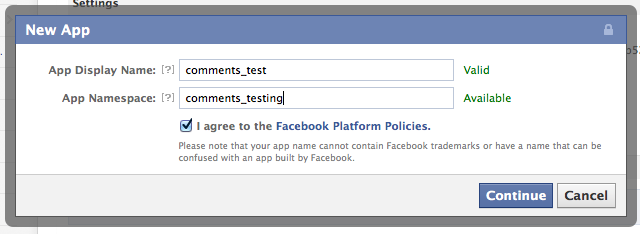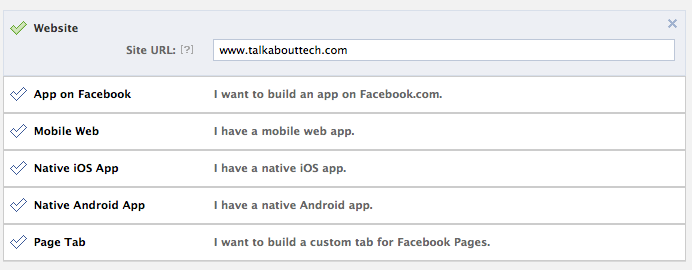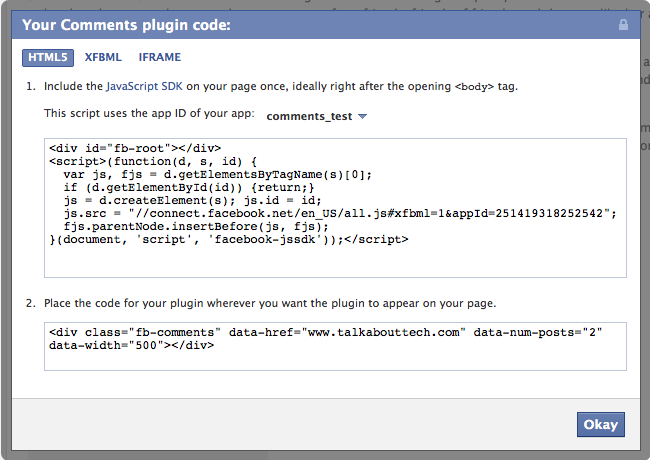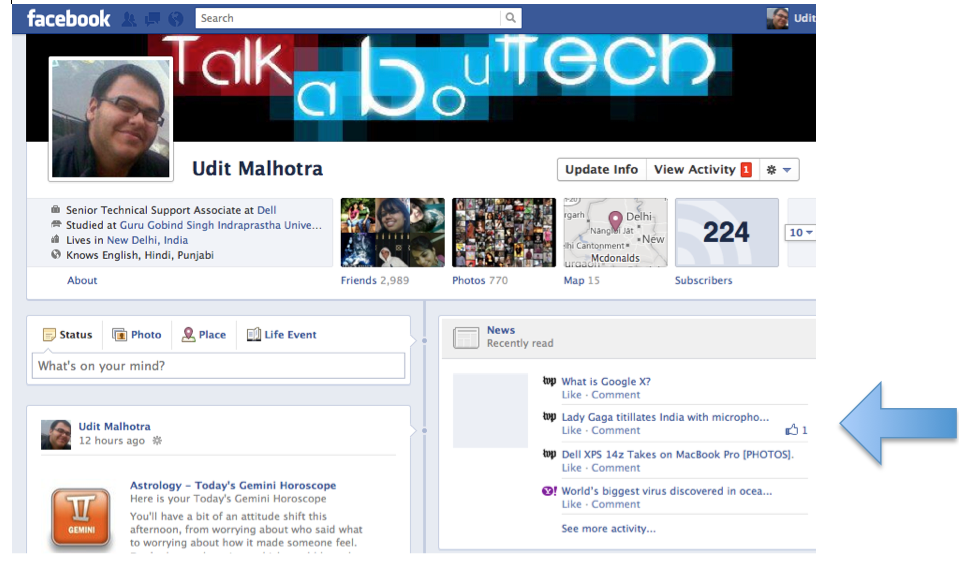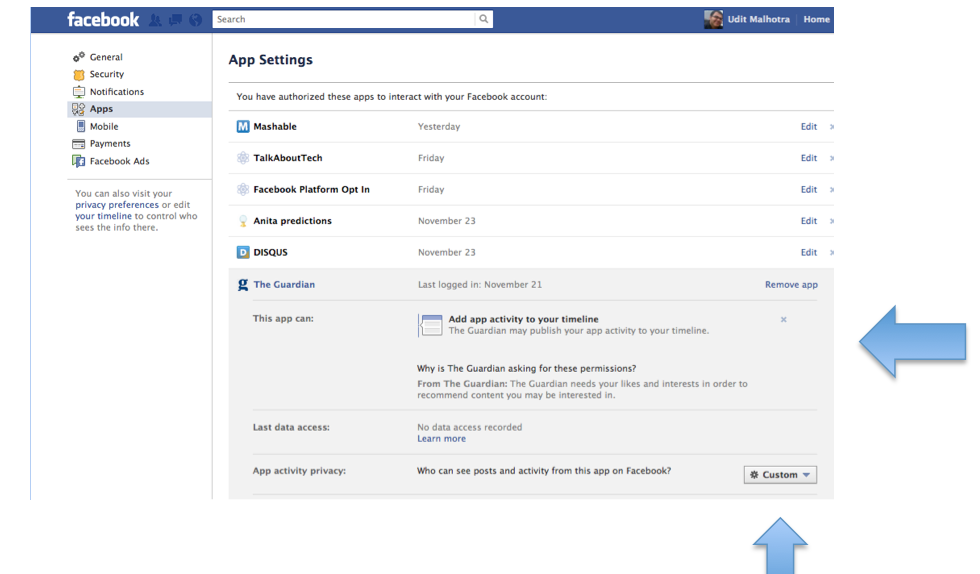Today we are in a world where for every single buzz in that corner their is something that is ringing the bell and providing us information at the push of a button. A question that arises in my mind “ Are Social Messaging Services an end to SMS or Text Messaging?
To elaborate let us consider an example. If you need to greet your friends for Christmas would you like to send a paid SMS that might get delayed due to network overload or you would prefer Social Messaging Platforms like BBM, Whatsapp etc. I even tend to get more digging into the facts by analyzing that BBM is the most expensive service that one opts for with the only big benefit that it works globally and a limitation to work only on smartphones made by RIM (Research in Motion).
Lets have a simple mathematical calculation. Each of us pay close may spend close to 3$-10$ on messaging packs for getting unlimited texts. A limited text messaging pack may limit you to send texts to certain number say between 400-500. If we say that your carrier gives you 10K texts at the same price, it still remains expensive as your still need to pay standard text messaging rates on festive or special occasions.
Whatsapp (a popular free messaging application) comes initially free with one complete year of free subscription and subsequently just 1.99$ an yr. This is so far the best-known platform to evolve, as this application is a cross platform application that works across Android, Blackberry, Symbian, iOS and Windows Phone as well.
Now another query that might buzz you is that all of these applications need packet data or 3G/4G Internet packages via carriers and these come at a cost. The answer is right as even the most basic of you’re prepaid or postpaid plan accommodates 50MB-300MB of free usage. If you are using an all unlimited plan on any carrier you get ample download limit in GB’s (Gigabytes). A Social Messaging application would not even use 50MB if you just do plain texts, incase you opt in to send photos, videos, and files, the usage would vary depending on the file size.
Some cool perks if you are on Social Messengers or Social Messaging Apps:
- Geo Location Services (Send your location to your mates)
- Photo and Video Sharing
- Unlimited Texts without any charge with the advantage of free texts during festive occasions including international messaging as well.
- The ability to build your strong network or niche.
- Group Messaging
- Group Video Chat (Some Applications)
- Smiley’s 🙂
- Works on Wi-Fi
Some free applications that I would like to suggest:
- Whatsapp Messenger (For Apple iOS (paid at 0.99$), Android, Blackberry, Nokia Symbian, Windows Phone)
- eBuddy XMS (For Apple iOS, Android and Blackberry)
- KakaoTalk Messenger (For Apple iOS, Android and Blackberry)
- Kik Messenger (For Apple iOS, Android, Blackberry, Nokia Symbian)
- Yak Messenger (For Android and Apple iOS)
Blackberry users may use the Blackberry Messenger (BBM) for Social Messaging within their own network. For chatting with friends on other platforms you may choose from any of the aforesaid applications.
If you just want be social on prime social networks like Facebook, Google+, Twitter, Yahoo! etc. you may download applications like ebuddy, Facebook Mobile App, Nimbuzz, Google+, Skype, Yahoo! and Fring .
Its time to get social ! Enjoy !
Please do share your valuable comments with us. If you like my stuff please suggest it to your friends.
Thanks for reading.



